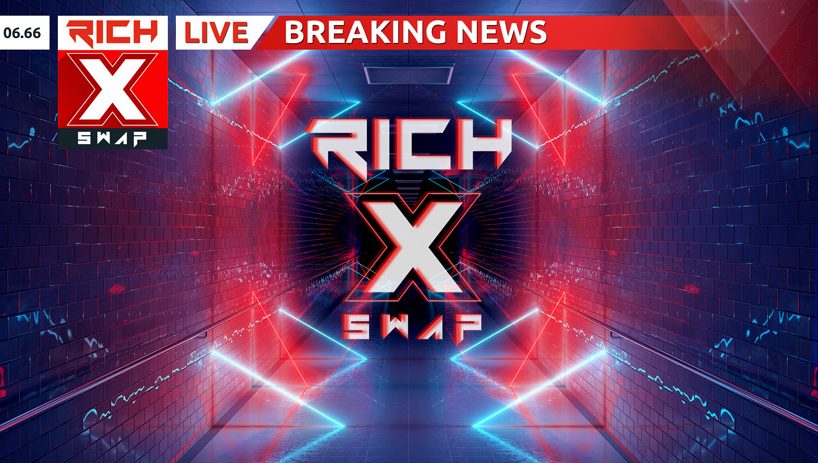
Hello everyone, welcome to BudgetHolics. In today’s video I’m going to talk about the three main types of cryptocurrencies and how they work, in a guide made for beginners and no-coiners.
►Earn Interest on Bitcoin (& up to $250): https://blockfi.mxuy67.net/b6LYP
►How to Buy Bitcoin: https://www.coinbase.com/join/tafas_e
►Stake Cardano on Binance: https://www.binance.com/en/register?ref=L5YG2Y78
►Sign up to Revolut and get a free High Interest Savings Account: https://revolut.com/referral/parasknoc8!OCT1AR
►Understanding Bitcoin: https://youtu.be/vmwrJ4JMAGI
►Understanding Ethereum: https://youtu.be/-X4ruiNB5ms
►Stablecoin Article: https://www.coindesk.com/what-are-stablecoins
►How to Buy Bitcoin: https://youtu.be/NmGtn2WXNSo
00:00 – Intro
00:47 – Stores of Value
03:58 – Programmable Cryptocurrencies
07:50 – Stablecoins
10:38 – Outro
Store of Value Cryptocurrencies
As you hold any fiat, your purchasing power increases over time. Government issued currencies loose 2-3% of purchasing power every year, due to excessive money printing. For example, if something cost $10 in 1980, this item would now cost $32.67
Money printing isn’t inherently bad, and an inflation rate means nothing if wages increases and savings kept up. If the money was spent on infrastructure and subsidizing value added projects this would be fine. BUT, excessive spending was put towards bailing out banks, and afterwards, recent bailout packages have been used by companies to buy back shares, instead of investing in innovation and R&D.
Bitcoin is the flagship of SoV cryptocurrencies. It was designed to have a deflationary monetary policy. Unlike CBs that can print money like there’s no tomorrow, the amount of BTC in circulation cannot surpass the 21 million cap. Miners across the globe can validate transactions by competing to solve complicated equations, and earn bitcoin rewards for successfully validating a set of transactions, called blocks, and storing them on top of previously completed blocks.
Programmable or Smart Contract Cryptocurrencies
Programmable cryptocurrencies provide a solution to limited functionality problems through the use of smart contracts. Similarly to traditional contrats, a smart contract contains sets of IF something happens, THEN something else will follow. If you combine a number of smart contracts you end up with a Decentralized Application (dApp). Smart contracts cannot be altered after they are deployed, and they cannot be shut down, because they run on the blockchain, stored in a number of computers across the globe. Ethereum is the largest smart contract cryptocurrency and its token is called Ether or ETH. You can find a number of dApps, from gaming to gambling, to traditional finance dApps that allow trading, borrowing and lending. Smart contract cryptocurrencies also allow the creation of Non-Fungible Tokens (NFTs) which are essentially certificates of ownership or authenticity of virtually anything ranging from pieces of arts and tweets, to eventually stocks and property rights.
Programmable cryptocurrencies usually have an inflationary monetary policy, because their coins are meant to be used as a fee for uploading a smart contract on the blockchain. These fees are paid to the ones validating transactions and keeping the network safe and secure. Instead of deriving their value from their ability to preserve your purchasing power, programmable cryptocurrencies derive their value from the number of dApps and users in the network.
Stablecoins
Stablecoins are a type of cryptocurrency, whose value is tied to another asset, usually a fiat currency, such as the USD. According to Coindesk, “In countries like Brazil, many people are turning to stablecoins as an alternative to their national currencies in uncertain economic conditions. Meanwhile, in Hong Kong, some people are using stablecoins to avoid new internet censorship in a tumultuous political climate”. Depending on what kind of asset the stablecoin is tied to, the entity behind the stablecoin keeps an equal amount of that asset in reserve. Some of the most popular stablecoins include Tether (USDT), USDC, and Dai. All of these are tied to the USD, but while USDT and USDC are backed by USD reserves, Dai is backed by ETH.
Stablecoins are primarily used to take advantage of arbitrage opportunities. Traders either sell their crypto and buy at a later date, at a lower price, or they move stablecoins across exchanges to take advantage of price discrepancies.T
Disclaimer 1: BudgetHolics are an affiliate to some of the products displayed in the channel, and we may earn a commission from products you sign up to, at no extra cost to yourselves.
Disclaimer 2: BudgetHolics, and any presenters are not certified financial advisors. The contents of this channel are for entertainment purposes only. Do your own research when investing, and seek the advice of a certified professional at your own discretion.


